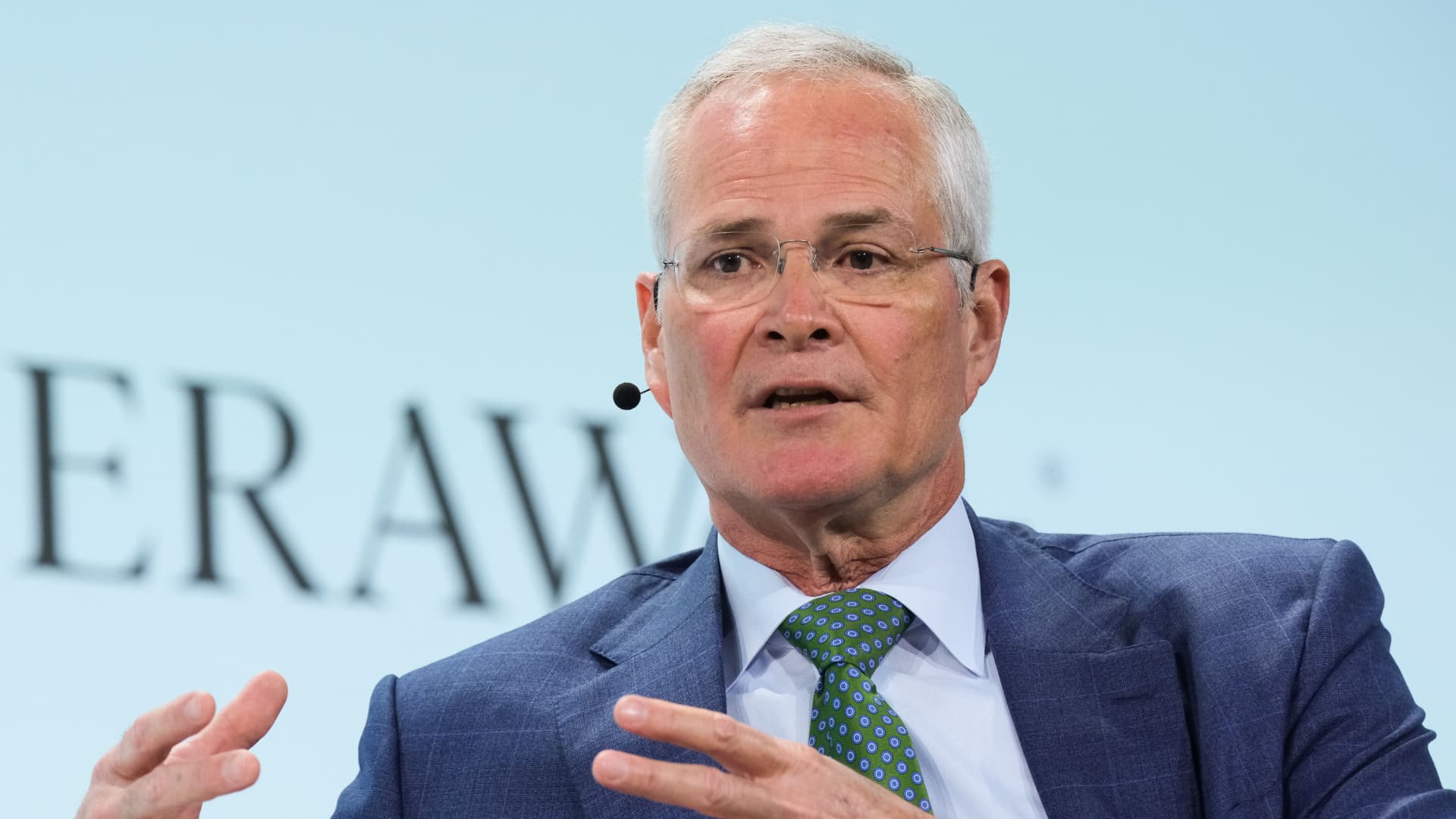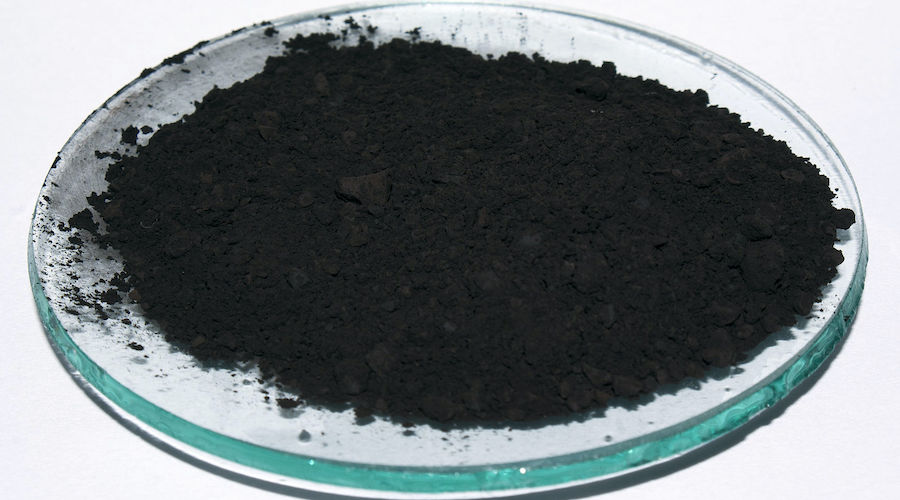Where Arizona’s Future EV Stations Will Probably Go

In another recent article, I covered a public meeting ADOT and its contractor, AECOM, held a few days ago. We learned a lot in the meeting about how Arizona is going to spend its infrastructure money, what it will do at sites, etc. It isn’t that different from what other states are doing in most respects, largely because federal rules dictate things like gaps between stations, how many stalls per site, etc. But, those are minimums. Where a state prioritizes spending beyond the federal minimum specs still leaves a lot of room for tailoring.
General Principles In Arizona’s Plan
Beyond the federal rules, Arizona is doing a few things to tailor the plan to the state’s needs and political climate.
First off, the state is going to work with private industry as much as possible. While ADOT will make sure the funds go to building stations, getting them power, and maintaining them for a few years, ADOT will not own the stations. The obvious reason ADOT chose this option was that private ownership is a better fit for Arizona’s fiscal conservatism. The state just doesn’t want to be on the hook long-term for the stations.
Another reason ADOT wants to make the stations private is that it helps it get private businesses to pay the 20% cost share for the stations. The federal government only wants to foot 80% of the bill, but it doesn’t care whether state taxpayers or private entities cover the remaining 20%. So, Arizona naturally is going for the option that doesn’t require going to the state legislature for money (that Republicans aren’t going to allocate).
So, don’t expect to ever see an ADOT-branded charging station. They’ll all pop up at private businesses and have some other branding on them.
We Only Know About Interstates Right Now
Another thing Arizona is doing is trying to not spend too much on beefing up charging opportunities along interstate corridors. They want to bring each interstate highway to the federal minimums, and then spend the rest of the money putting chargers in the rest of the state.
If you’re a Californian and visit or pass through the state in an EV, that’s not great news. There will be fewer stalls along freeways than you’ll probably find in other states, which means that during busy times like Thanksgiving, you can probably expect some wait times. But, keep in mind that other stations will be built. GM is already planning Ultium-branded stations at a number of truck stops in the state (and all over the US). Other businesses are definitely going to add more stations going forward, too.
If you live in rural Arizona or you like to visit places off the interstate in Arizona, it’s great news. The minimal spending along the interstates means that rural areas are going to see a lot more charging. From a social justice standpoint, serving rural communities (especially tribal areas) makes heaps of sense.
Because the state is early in the stages of infrastructure bill spending, we only have information about where stations are going to go on interstate corridors, but expect to see most small towns get some love over the next few years.
Looking At Interstate Corridors
With basics out of the way, let’s take a closer took at each interstate corridor and talk about what’s probably happening.
The above graphic from the presentation tells us about locations. You can take a closer look by clicking on it.
Interstate 10
Let’s start with everyone’s favorite interstate: I-10. Starting in California, you quickly come across an Electrify America station in Quartzsite, which meets federal standards. But, Arizona has a problem after that: a long, long stretch of lonely road with almost nothing on it but some truck stops until Buckeye (the west end of the Phoenix Metro Area. There’s no exit along that stretch that would allow them to meet the 50-mile requirement with just one station, but they’d only miss it by a few miles.
So, they’re either going to get a waiver and put one station here or they’re going to have to put two stations in. If they go for the waiver, expect one at New Hope or one at Tonopah. If they go for the option of two stations, expect one at both exits (which would make the most sense).
The next gap that needs a station falls across Casa Grande. There are EV stations there, but they don’t currently meet federal requirements. So, they’re going to need to add a station there, and there are plenty of businesses in that area to work with. The map indicates that they can upgrade stations there, and it’s likely that they will do an upgrade of some kind to provide more stations and more power.
The next problem area is after Benson, Arizona, headed toward New Mexico. It’s only 37 miles from Benson to Willcox, but it’s a steep climb that will sap the battery of many shorter-range EVs. So, it would be great for ADOT to choose a station there. From what I gathered in the meeting and from what I know of Willcox, they’re definitely thinking of colocating the new Infrastructure Bill stations with Tesla’s Willcox supercharger. Whether Tesla is cool with that will make the difference.
One thing ADOT really needs to do is build a station there regardless of whether Tesla lets them move in. There are several nearby businesses that could host it, including a 24 hour truck stop.
Finally, they’re going to need to choose between the small towns of Bowie and San Simon. Either town has businesses that could host the stations and provide things like bathrooms, drinks, snacks, etc. Either town leaves a gap less than 50 miles to the next station in New Mexico (Lordsburg). I wouldn’t expect to see ADOT choose both towns in this case, so it’s going to depend on what businesses are willing to host the station.
There are still several other corridors to discuss, including Interstate 8, Interstate 17, and Interstate 40. Given the terrain, the remoteness, and the lack of infrastructure in some areas, it’s not going to be easy. I’ll cover the challenges they’ve identified in a second part to this article, and discuss some of the places they’re likely to put stations in at.
All images by ADOT.
Appreciate CleanTechnica’s originality and cleantech news coverage? Consider becoming a CleanTechnica Member, Supporter, Technician, or Ambassador — or a patron on Patreon.
[embedded content]
Advertisement
 This post has been syndicated from a third-party source. View the original article here.
This post has been syndicated from a third-party source. View the original article here.







